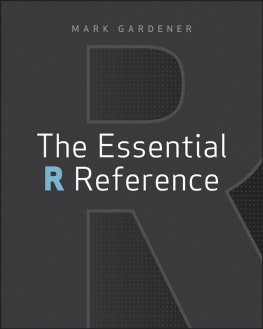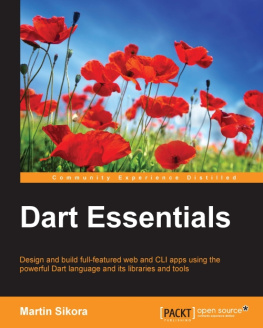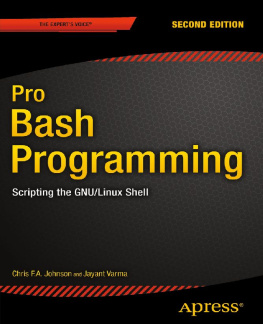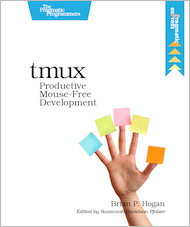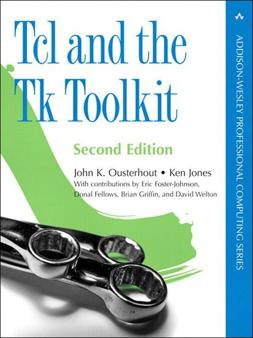Paul Raines - Tcl/Tk in A Nutshell
Here you can read online Paul Raines - Tcl/Tk in A Nutshell full text of the book (entire story) in english for free. Download pdf and epub, get meaning, cover and reviews about this ebook. year: 1999, publisher: OReilly Media, genre: Computer. Description of the work, (preface) as well as reviews are available. Best literature library LitArk.com created for fans of good reading and offers a wide selection of genres:
Romance novel
Science fiction
Adventure
Detective
Science
History
Home and family
Prose
Art
Politics
Computer
Non-fiction
Religion
Business
Children
Humor
Choose a favorite category and find really read worthwhile books. Enjoy immersion in the world of imagination, feel the emotions of the characters or learn something new for yourself, make an fascinating discovery.
- Book:Tcl/Tk in A Nutshell
- Author:
- Publisher:OReilly Media
- Genre:
- Year:1999
- Rating:4 / 5
- Favourites:Add to favourites
- Your mark:
Tcl/Tk in A Nutshell: summary, description and annotation
We offer to read an annotation, description, summary or preface (depends on what the author of the book "Tcl/Tk in A Nutshell" wrote himself). If you haven't found the necessary information about the book — write in the comments, we will try to find it.
The Tcl language and Tk graphical toolkit are simple and powerful building blocks for custom applications. The Tcl/Tk combination is increasingly popular because it lets you produce sophisticated graphical interfaces with a few easy commands, develop and change scripts quickly, and conveniently tie together existing utilities or programming libraries.
One of the attractive features of Tcl/Tk is the wide variety of commands, many offering a wealth of options. Most of the things youd like to do have been anticipated by the languages creator, John Ousterhout, or one of the developers of Tcl/Tks many powerful extensions. Thus, youll find that a command or option probably exists to provide just what you need.
And thats why its valuable to have a quick reference that briefly describes every command and option in the core Tcl/Tk distribution as well as the most popular extensions. Keep this book on your desk as you write scripts, and youll be able to find almost instantly the particular option you need.
Most chapters consist of alphabetical listings. Since Tk and mega-widget packages break down commands by widget, the chapters on these topics are organized by widget along with a section of core commands where appropriate. Contents include:
- Core Tcl and Tk commands and Tk widgets
- C interface (prototypes)
- Expect
- [incr Tcl] and [incr Tk]
- Tix
- TclX
- BLT
- Oratcl, SybTcl, and Tclodbc
Paul Raines: author's other books
Who wrote Tcl/Tk in A Nutshell? Find out the surname, the name of the author of the book and a list of all author's works by series.

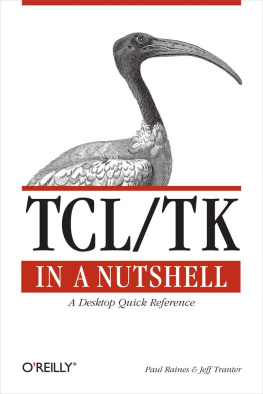

![Dan Toomey [Dan Toomey] - R for Data Science](/uploads/posts/book/119610/thumbs/dan-toomey-dan-toomey-r-for-data-science.jpg)
